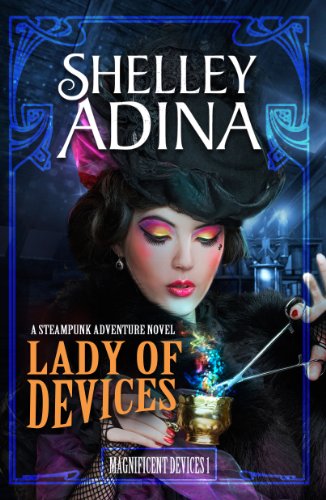“What’s it about?”
Only three little words. But like other things that take three words, there’s a whole lot of other stuff going on behind them that sometimes make a response difficult–even impossible.
So when my dissertation supervisor asks, “What’s it about?” in our very first meeting this past week, I kind of choked. “Well, a lot of it was in my application to the programme.” Not quite what he was looking for, as you can imagine. The requirements are for an 80,000-word novel and a 20,000-word exegesis, or reflective essay about the practice of research and writing. I have three years to do it. But I wasn’t expecting to get to it in the very first week! While I have “the flash”—that opening image that kicks off a book for my brain, and a title, The Comforter, I didn’t have very much else.
But now I’m diving into the deep end because I need to submit a story outline before our next meeting on the 19th. That’s less than ten days away. Pantsers, I can see you from here, curling up in little balls with your hands over your ears.
So I hauled out a trusty placemat (what, you don’t plot on paper placemats that your friends liberate from restaurants for you?) and got to work. Okay. Ring composition. I know how it starts—with the flash. I know where it’s set, and I have a historical timeline of events that happened in 1927 and 1928, the years I’m focusing on. So I greased the wheels by setting the stage:
Los Angeles, 1927. People are humming “Ain’t She Sweet” and “Me and My Shadow.” Along with the legendary parties at his castle at San Simeon, William Randolph Hearst is financing a movie studio for his mistress, actress Marion Davies. Los Angeles and Chicago vie for the distinction of which has the greatest number of murders committed, and the subsequent sensational headlines sell papers. Part and parcel of all this craziness is the divorce case of George and Clara Spelman.
 I know what the crisis in the middle will be, so I just have to get Clara from the courthouse steps to that crisis. And afterward, I have to reverse her journey both thematically and logistically so that the second half of the ring maps to the first half.
I know what the crisis in the middle will be, so I just have to get Clara from the courthouse steps to that crisis. And afterward, I have to reverse her journey both thematically and logistically so that the second half of the ring maps to the first half.
You’d need a big old placemat, too.
So far, I have three single-spaced pages of synopsis. I’ll do another draft tomorrow focusing on theme and character (and “textual resonance,” per my supervisor), but I’ve laid the track. I like to know where I’m going, even if I can’t see the view yet.
All aboard!





This is amazing! I’ve loved every bit of Magnificent Devices, your writing is fantastic and I’m a huge historical fiction fan… but most of all I love 1920s fiction. The fact that that’s where you’re headed makes me so happy!
Thanks so much, Rachel! It’s going to be a fun project. To warm up for it, the next Corsair’s Cove romances are going to have a 1920s rum-running background. That will be a hoot to work on!